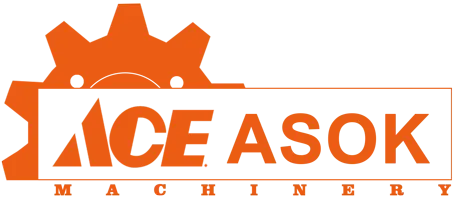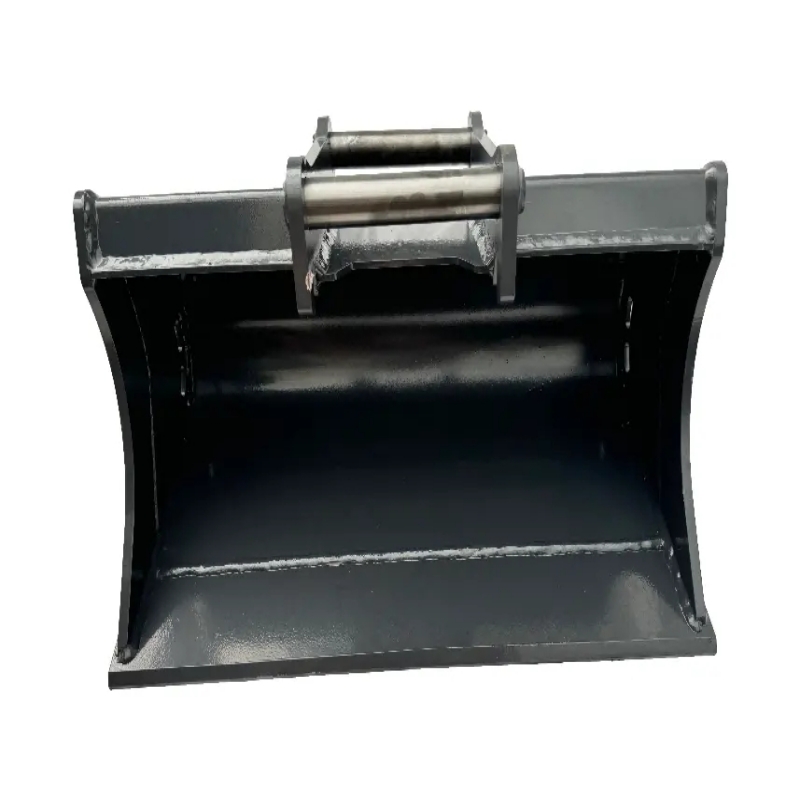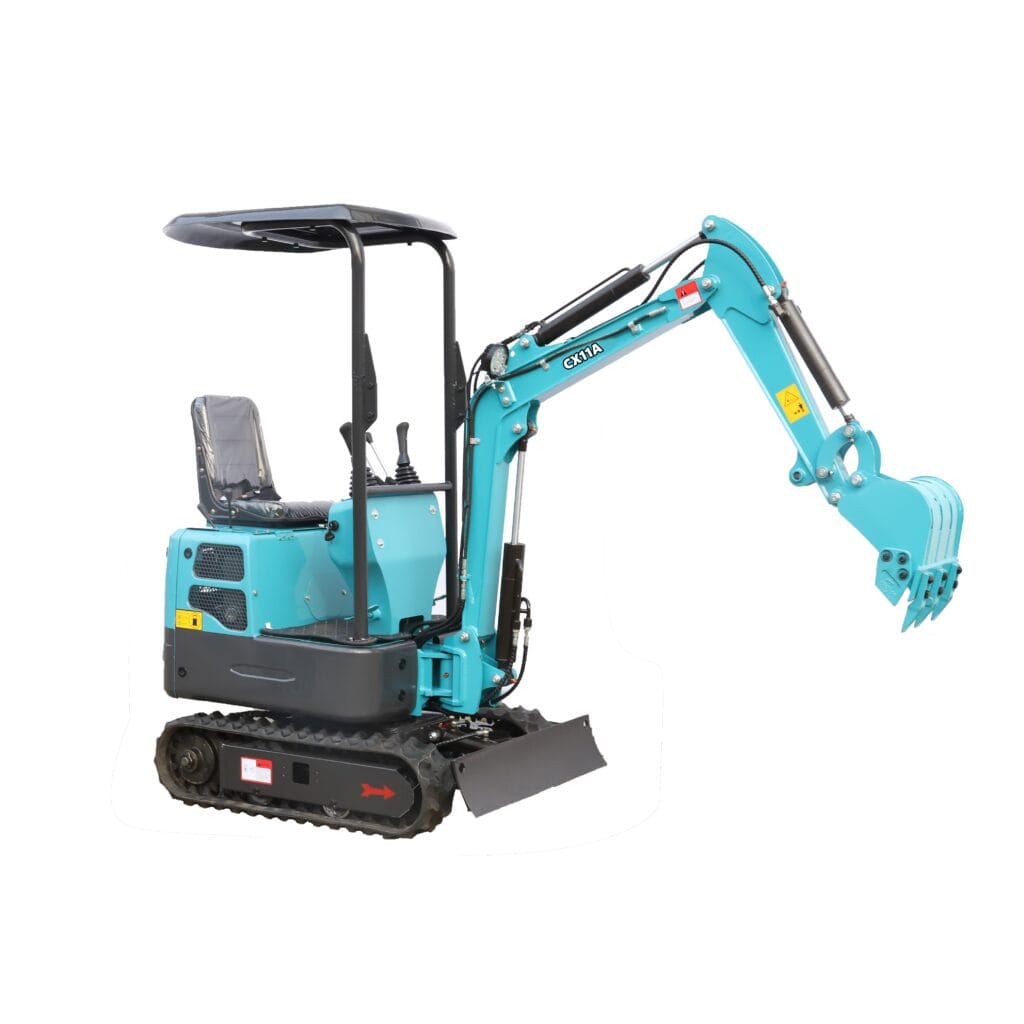In today’s fast-paced and cost-conscious environment, businesses need tools that are versatile, reliable, and economical. The mini excavator stands out as a compact powerhouse that brings big capabilities to small spaces. Unlike bulky heavy equipment, mini excavators offer the flexibility to navigate tight urban job sites, small plots, and interior demolition zones.
They are widely used across diverse industries—construction, agriculture, landscaping, utilities, forestry, and municipal services. From digging trenches and grading soil to demolishing small structures and lifting heavy materials, a mini excavator adapts to almost any task.
For roadwork crews, mini digger road maintenance jobs benefit from precision and minimal disruption, especially in urban and residential areas. Landscapers appreciate their gentle footprint, which minimizes damage to lawns and gardens. Farmers utilize them to dig irrigation ditches, clear brush, or assist with fence installations. Contractors use them for utility trenching, footings, drainage work, and more.

Beyond Mining: Unlocking the Unlimited Potential of Your Devices
Mini excavators aren’t limited to mining—they’re essential across industries. These machines handle landscaping, demolition, grading, lifting, brush clearing, and road repairs. Their small footprint and attachment compatibility allow businesses to serve multiple markets using a single versatile device.
How to choose the best partner for your business?
Choose a mini excavator partner that offers proven performance, service availability, strong customer reviews, affordable parts, and broad attachment options to suit your industry.
How to operate a mini excavator
Operating a mini excavator may seem technical at first, but most operators can learn the basics in just a few hours with guidance and practice. It starts with understanding the machine’s controls and observing all safety procedures outlined in the operator’s manual.
Begin by conducting a pre-operation inspection—check fluid levels (hydraulic, engine oil, coolant), inspect the undercarriage, and ensure all attachments are secure. Enter the cab using three points of contact, fasten your seatbelt, and engage the safety lock lever. Once seated comfortably, familiarize yourself with the control panel and joystick functions.
In most machines, the left joystick controls the boom swing and arm movement; the right joystick manages the bucket and boom lift. Foot pedals or travel levers are used for moving the tracks forward, backward, and for turning. Use slow, deliberate movements to get a feel for the controls. Start by practicing basic maneuvers like lifting and lowering the boom, curling the bucket, and swinging the cab from side to side.
As you gain confidence, advance to digging trenches or backfilling holes. Attachments like augers, hammers, and rippers further expand the machine’s capabilities. Some modern excavators feature automatic idle, LCD displays, and joystick sensitivity settings to help new users operate more efficiently.
With time and practice, operators develop the coordination and muscle memory required for smooth, precise operation. Proper training, even informal, significantly enhances productivity and safety when using your mini kubota excavator or kymron mini excavator.
How much does a mini excavator weigh
A key factor when selecting the right mini excavator for your job is its operating weight. Mini excavators typically weigh between 1 to 10 tons, which affects their lifting capacity, ground pressure, fuel consumption, and transport requirements.
Smaller models, like the 1-ton kymron mini excavator, are ideal for indoor work, garden landscaping, or tasks in tight residential spaces. They’re lightweight enough to be towed on a standard trailer by a pickup truck, and their low ground pressure makes them less damaging to turf or pavement. These are great for property owners, part-time contractors, and urban utility projects.
Mid-size units in the 3 to 5-ton range offer more hydraulic power and digging depth while still being compact. They are perfect for utility trenching, foundation work, septic system installation, and mini digger road maintenance jobs. Their extra weight allows them to stabilize better when using larger attachments or digging deeper holes.
Heavier mini excavators, weighing 6 to 10 tons, are suitable for commercial construction, forestry, and more intense applications where greater power is needed. These machines often come with enhanced features such as reinforced frames, climate-controlled cabs, and advanced hydraulic systems.
Regardless of size, ACE Machinery offers weight classifications for every application, and supports their units with a full range of Chinese mini excavator parts. This makes service and replacement fast and affordable—critical for maximizing uptime and profitability.
How to drive a mini Excavator
Driving a mini excavator involves both controlling the tracks for mobility and managing the hydraulic functions for digging or lifting. It’s important to first familiarize yourself with the control layout, which is often consistent across models but may vary slightly by brand.
Start the engine and disengage the safety lock. Using the travel controls (either levers or pedals), gently push forward to move the machine straight ahead. To turn, push one control forward while pulling the other back—this causes the tracks to rotate in opposite directions, turning the cab. Always drive slowly until you are confident in your handling.
The boom, arm, and bucket are manipulated using joysticks. Push the right joystick forward to lower the boom, pull it back to raise it. Push the left joystick left or right to swing the upper structure. This movement allows you to dig, lift, or rotate around obstacles.
When maneuvering on slopes, always keep the blade on the downhill side for extra stability, and avoid sudden directional changes. Compact machines are agile, but oversteering or jerky movements can cause loss of balance or wear on the undercarriage.
ACE mini excavators offer intuitive control systems and are beginner-friendly. Features like hydraulic pilot controls, auto idle, and digital gauges help operators maintain smooth performance with minimal stress.
Mini excavator attachments that expand your profits
One of the most attractive features of a mini excavator is its compatibility with a wide array of attachments, transforming it into a multi-functional jobsite solution. Instead of purchasing several pieces of equipment, you can use a single machine for multiple applications—saving money and increasing job opportunities.
Standard buckets are ideal for trenching and digging, but switch to a grading bucket for landscaping and smoothing surfaces. Augers allow you to drill post holes for fencing or utility poles. Hydraulic breakers make demolishing concrete or rock effortless, while rippers can cut through frozen ground or tough clay. Tiltrotators provide 360-degree movement for fine grading and tricky angles.
Grapples and thumbs enable handling of irregular materials like logs or demolition debris. For municipalities and road repair crews, cold planers and compactors make mini excavators indispensable for pavement patching and soil compaction.

Maintenance tips for longevity and profitability
Proper maintenance is key to maximizing your mini excavator’s lifespan and minimizing unexpected repair costs. Daily checks and scheduled servicing prevent small issues from turning into expensive downtime.
Start with pre-operational inspections: check hydraulic oil levels, engine oil, coolant, track tension, and any signs of leaks. Clean the air filter regularly and replace it based on operating conditions. Lubricate pins and bushings daily to prevent excessive wear.
ACE’s machines are engineered for durability, but accessibility to Chinese mini excavator parts makes ownership even more cost-effective. Always use manufacturer-approved fluids and components to ensure compatibility and longevity. Scheduling maintenance at fixed intervals—based on engine hours rather than calendar days—ensures better performance and fewer breakdowns.
If you’re managing a rental business or multiple crews, consider using fleet management software to track maintenance schedules, operating hours, and service records.
Who can benefit from owning a mini excavator?
Mini excavators aren’t just for contractors. A wide range of individuals and businesses benefit from owning this machine. Independent landscapers, farmers, utility workers, municipal service departments, and even real estate developers use mini excavators to reduce labor costs and speed up job completion.
Even homeowners doing large DIY projects like building retaining walls or installing septic systems find value in owning rather than renting. The return on investment for owning is quickly recouped, especially when combined with multiple attachments and diverse applications.

Summary
Versatile, compact, and reliable—your mini excavator is your path to profit.





